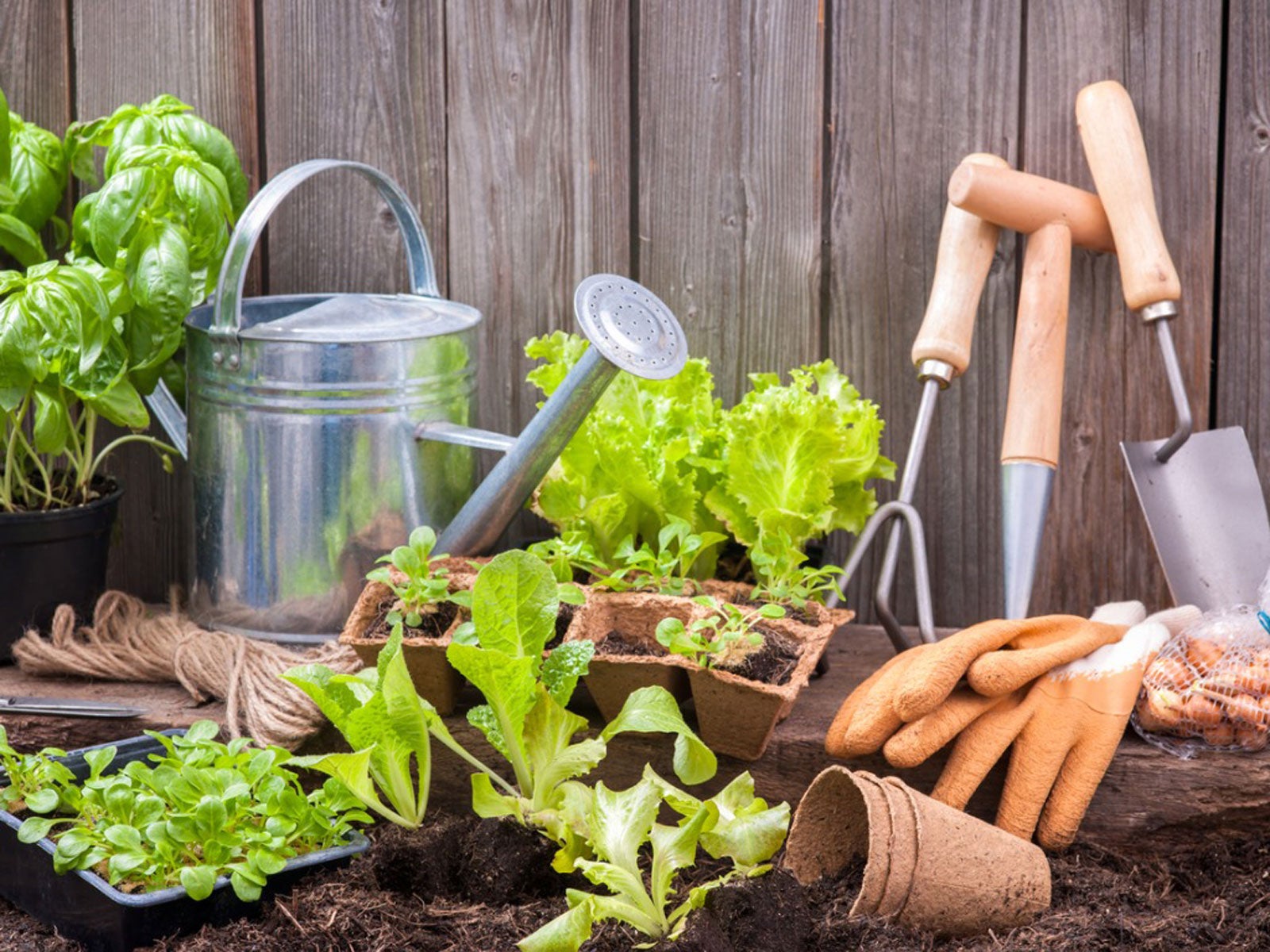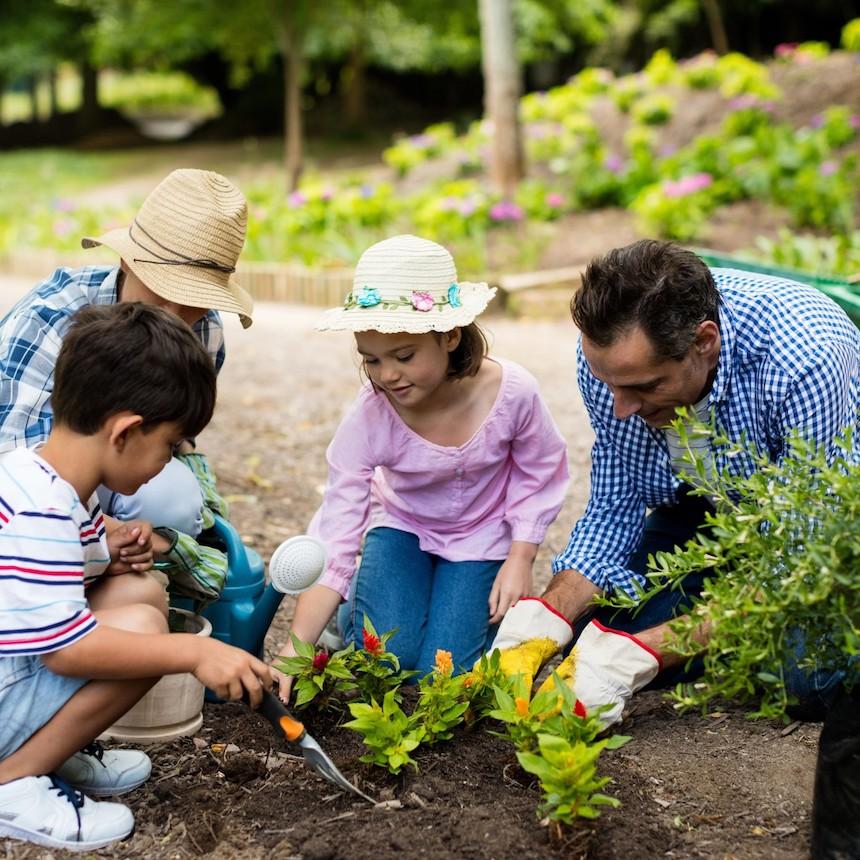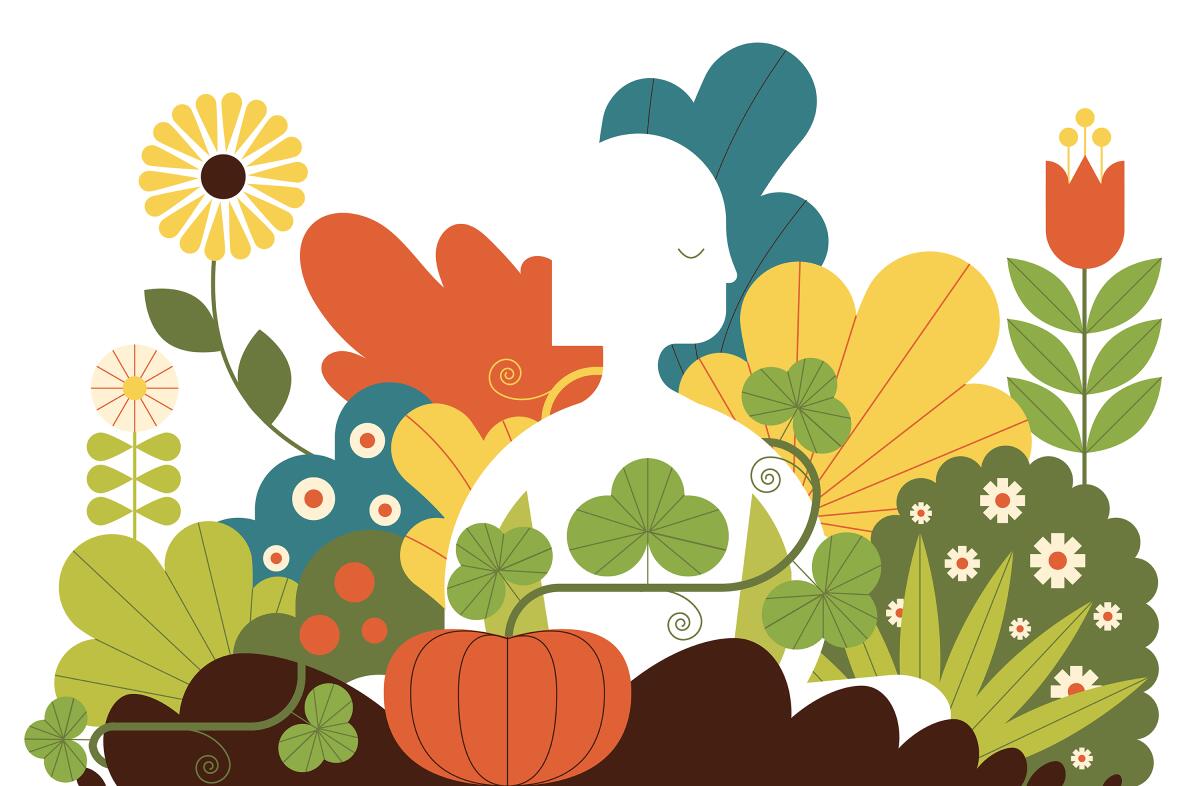Specialist Gardening Tips for Producing a Sustainable and Eco-Friendly Garden
Embarking on the trip to create a sustainable and environment-friendly garden includes a series of deliberate choices and practices that not just enhance the elegance of your room yet additionally add positively to the atmosphere. By choosing native plants that are appropriate to your area, you can decrease reliance on chemical fertilizers and chemicals while giving necessary support to local wild animals. Additionally, incorporating water conservation techniques and organic horticulture approaches plays a crucial duty in preserving a healthy ecosystem. To uncover even more skilled insights and sensible techniques, allow us check out the crucial elements that specify an environmentally aware garden.
Pick Indigenous Plants
Selecting native plants for your garden is a fundamental step toward attaining sustainability. Native plants are inherently adapted to the regional environment and soil conditions, making them much more durable to regional insects and illness. This minimizes the demand for chemical pesticides and plant foods, hence decreasing ecological influence. In addition, indigenous plants typically need less water when established, adding to much more effective water use.
Past their functional benefits, native plants play an important role in supporting neighborhood biodiversity. They give necessary habitat and food sources for indigenous wild animals, including pollinators such as , birds, and butterflies. This promotes a balanced ecosystem, which is vital for the wellness of your yard and the surrounding environment.

Implement Water Preservation
Implementing water preservation strategies is important for preserving a lasting yard. Efficient water usage not only decreases the environmental effect but also makes sure that plants obtain adequate hydration without waste. One reliable method is to use drip watering systems, which deliver water directly to the plant origins, lowering evaporation and drainage. This targeted approach can dramatically decrease water usage compared to standard lawn sprinklers.
In enhancement, mulching is a beneficial practice for preserving water. By using a layer of natural mulch, such as timber chips or straw, around the base of plants, gardeners can reduce soil evaporation and maintain consistent moisture degrees. Mulch likewise assists control soil temperature and suppresses weed development, additional contributing to plant health and wellness.
Rainwater harvesting is an additional lasting method. Installing rain barrels or other collection systems allows gardeners to save and catch rainwater, which can later on be utilized during completely dry periods. This not only preserves local water however also gives an all-natural, chemical-free source for watering.
Finally, selecting drought-tolerant plant varieties can substantially minimize water requirements. These plants are adjusted to flourish in low-water conditions, making them suitable for environment-friendly gardens. gardening tips. Applying these water conservation methods will foster a durable, sustainable yard
Use Organic Horticulture Methods

Pest administration in a natural yard counts on incorporated pest management (IPM) techniques. These include motivating valuable pests, using natural predators like ladybugs and lacewings, and carrying out plant turning to disrupt pest life process. Friend growing, where particular plants are expanded with each other to drive away parasites or bring in valuable pests, is an additional reliable strategy.
Weed control is taken care of via mulching and hand-operated removal, instead of relying on herbicides. Compost not just subdues weeds yet additionally saves wetness and improves soil health as it damages down. Organic composts, such as straw, timber chips, and leaves, are especially advantageous.
Create Wild Animals Environments
Producing wildlife habitats within your yard not just improves biodiversity however also supports the community's balance. By designing rooms that draw in and sustain neighborhood fauna, you can develop a successful micro-ecosystem that benefits both animals and plants. Start by including native plants, as these are fit to your neighborhood environment and offer important food and shelter for wildlife. Indigenous flora supports a variety of bugs, birds, and tiny mammals, adding to the environmental network.
Think about including a water feature, such as a fish pond or birdbath, to provide a constant water resource. Water elements draw in a selection of species, from amphibians to pollinators, boosting the yard's vitality. Furthermore, installing birdhouses, bat boxes, and insect resorts supplies safe nesting sites and urges biodiversity.
Leave some areas of your garden uninterrupted, permitting ground cover and dropped branches to accumulate. These natural debris heaps create habitats for bugs and tiny animals, fostering a balanced environment. Stay clear of using chemical pesticides and herbicides, as they can hurt valuable wildlife and interrupt food web. By prioritizing these sustainable methods, your yard can become a haven for regional wild animals, advertising eco-friendly health and sustainability.
Practice Composting and Mulching
An essential element of sustainable gardening, composting and mulching, substantially boosts dirt wellness and reduces waste. Composting right here involves recycling organic materials such as kitchen area scraps, turf trimmings, and leaves. These materials break down to develop nutrient-rich garden compost, which works as an all-natural plant food. Unlike artificial plant foods, garden compost enhances the soil with crucial nutrients and useful microbes, fostering a healthier garden community.
Mulching, on the other hand, entails covering the soil surface area with natural or not natural products, such as straw, timber chips, or shredded fallen leaves. This practice uses several benefits: it conserves dirt moisture, subdues weed growth, and moderates dirt temperature level. Mulch additionally slowly breaks down, including raw material to the dirt and additional improving its fertility.
To exercise effective composting, ensure your compost heap has a balance of eco-friendly products (abundant in nitrogen) and brown materials (rich in carbon), preserving ample aeration and moisture. gardening tips. Consistently transforming the pile speeds up decay. For mulching, use a 2-3 inch layer around plants, guaranteeing it does not directly contact stems or trunks to stop rot
Verdict

Picking indigenous plants for your yard is an essential action towards attaining sustainability.In addition, integrating native plants can enhance the visual charm of your garden. These plants are adjusted to prosper in low-water conditions, making them ideal for environmentally friendly gardens. Applying these water conservation methods will certainly foster a resistant, sustainable yard.
In conclusion, developing a sustainable and green garden entails the tactical option of native plants, the fostering about his of water conservation strategies, and the application of natural gardening techniques.